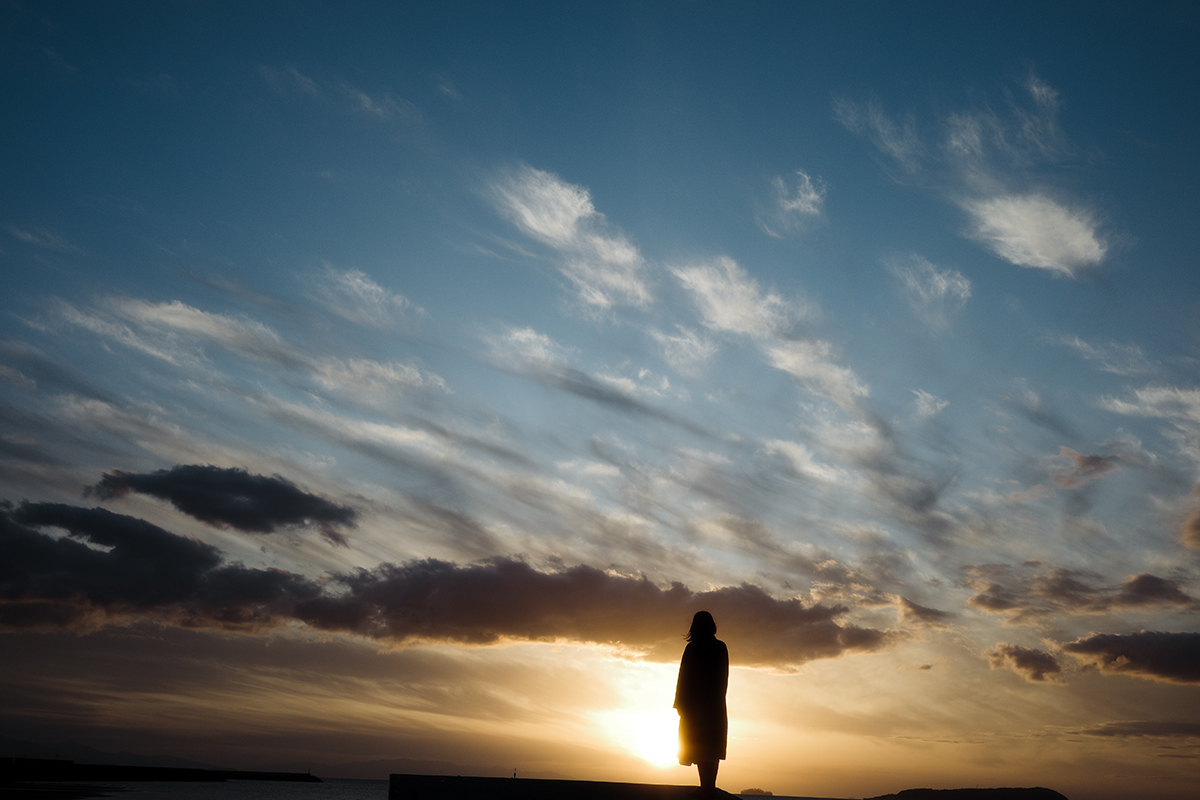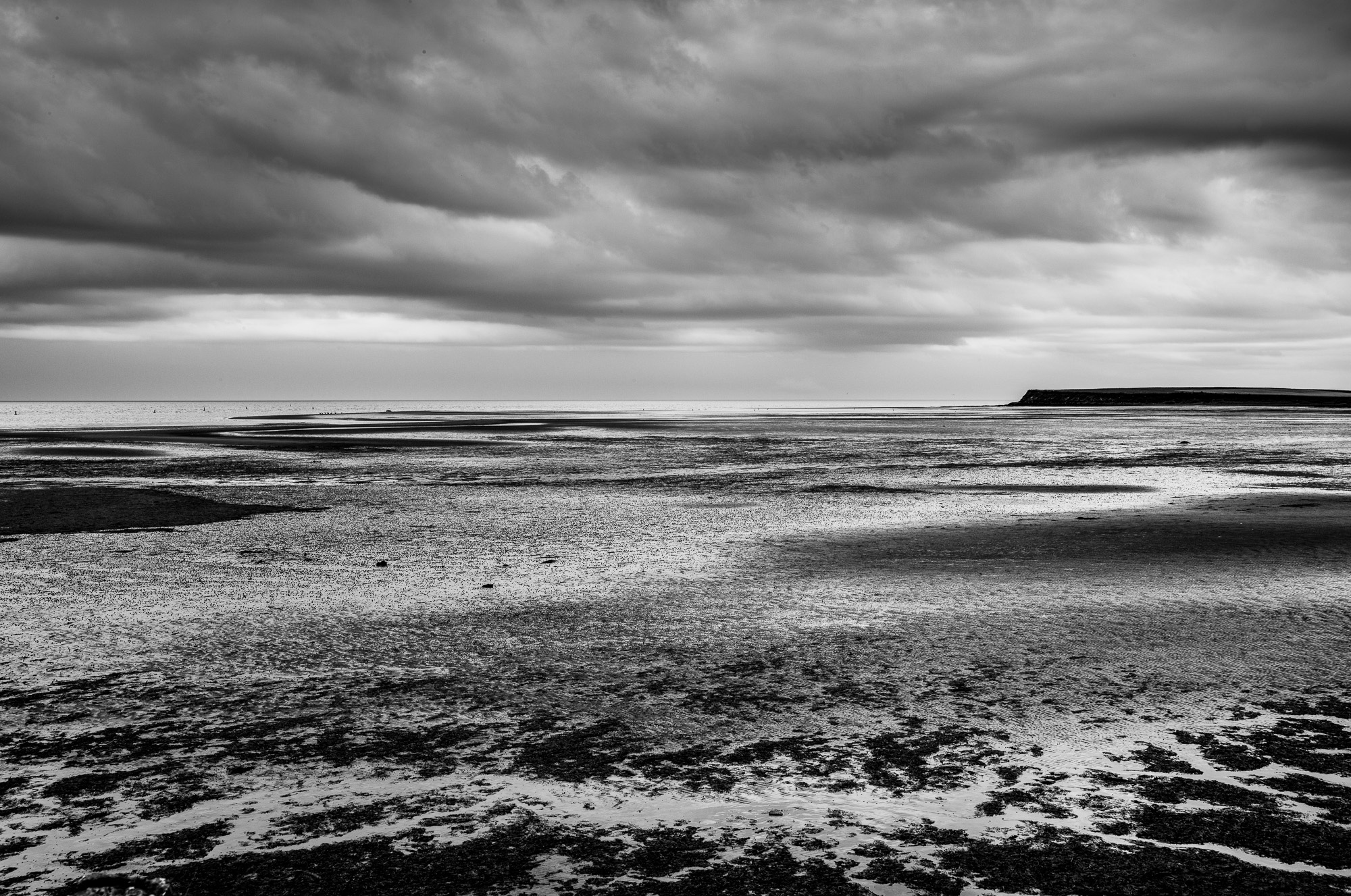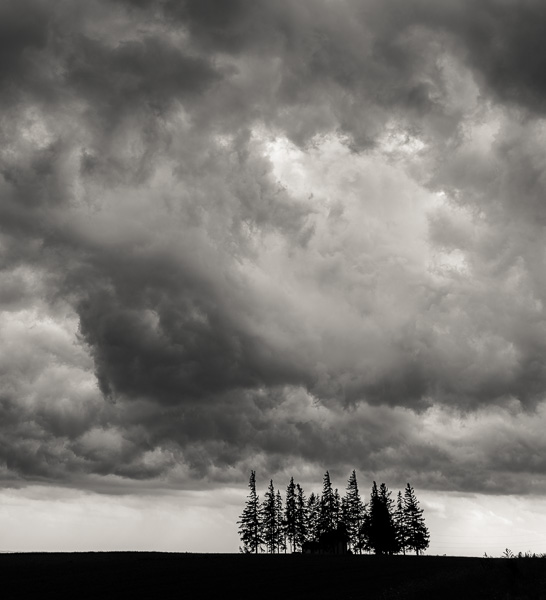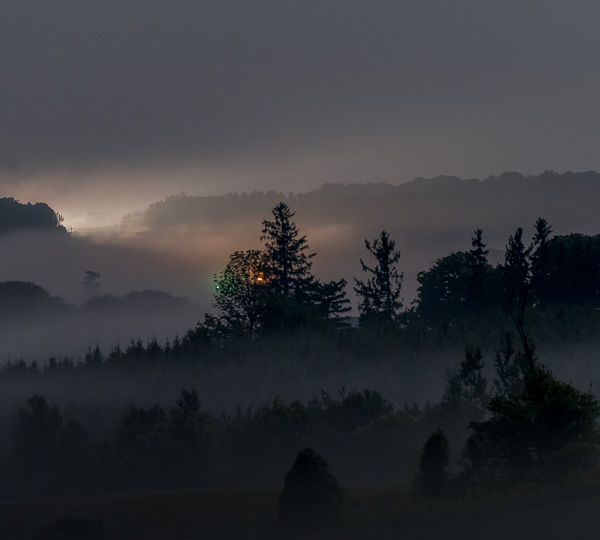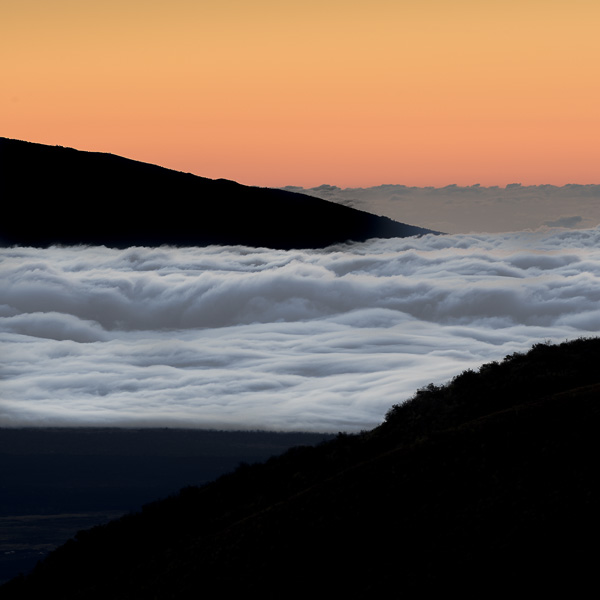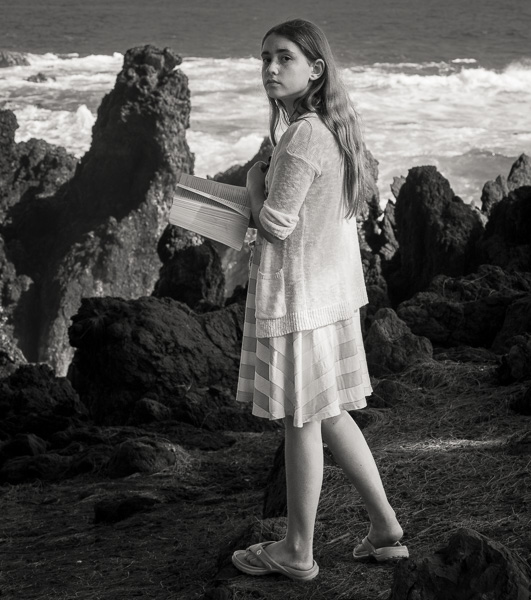

I have a confession to make. For years, I completely slept on Ricoh cameras. I ignored the buzz around the Ricoh GR series, shrugged off the quirky, minimalist design, and probably snored through the passionate reviews from users who swore by this “pocket powerhouse.” It wasn’t until I stumbled across the fervent, almost cult-like community surrounding the Ricoh GR series that I realized what I had been missing.
Enter the world of Ricoh: a humble yet remarkable camera maker, quietly producing compact marvels.
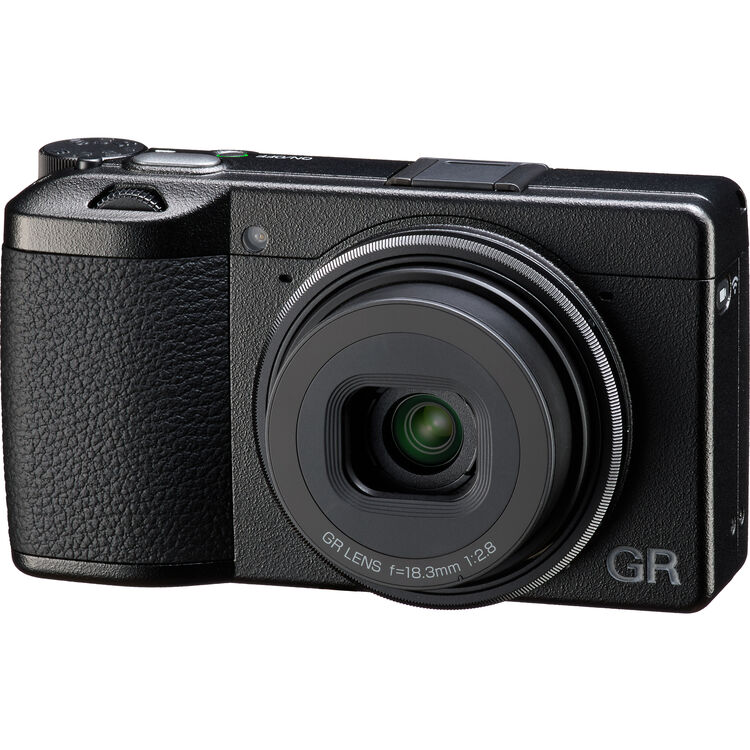

The Snapshooter’s Delight: The Ricoh GR Series
First, let’s talk about what makes the Ricoh GR series special. It’s a camera designed for snapshooters—those who thrive on capturing candid moments, the grittiness of the street, or the serenity of a quick, unplanned landscape shot. If you’ve ever been bogged down by heavy gear, you’ll appreciate the Ricoh’s unassuming size. Despite being easily pocketable, these cameras pack an APS-C sensor—larger than what you’ll find in most point-and-shoots—making them serious tools for image quality.
The APS-C sensor measures roughly 23.6 x 15.6 mm. In contrast, the iPhone 16’s main camera features a 1/1.56-inch sensor, equating to about 9.3 x 7 mm. So the APS-C sensor is roughly 2.5 times larger in surface area compared to the iPhone 16’s sensor.
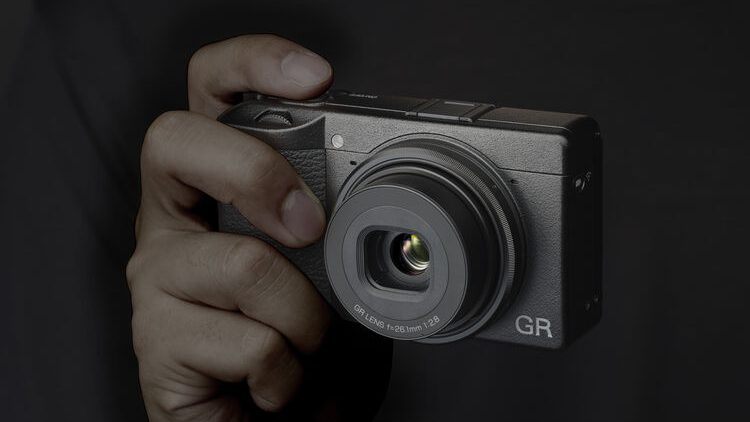

The Ricoh GR III & GR IIIx: A Tale of Two Focal Lengths
The Ricoh GR III, launched in March 2019, remains the heart of the series. It sports a 28mm equivalent lens, ideal for wide-angle street shots and documentary photography. Featuring a 24MP APS-C sensor and a 3-axis image stabilization system, it’s a solid all-rounder for those who value sharpness in a compact form.
But some of us need a tighter frame. Enter the Ricoh GR IIIx, released in September 2021. With a 40mm equivalent lens, it provides a more natural field of view, often preferred for portraits or isolating subjects within busy environments. The body’s a little larger than its 28mm sibling, but it’s still remarkably compact.
If you love minimalism—whether in design or shooting style—the Ricoh GR cameras are made for you. But don’t let that fool you into thinking they’re bare-bones. These cameras come loaded with high-end features under the hood.
The Limited Editions: Cult Collectibles
One thing Ricoh users love? Special editions. These aren’t your standard colorway releases; they are highly collectible, designed to offer more than just aesthetics. Let’s dive into some of the notable ones:
- Ricoh GR III Street Edition (July 2020): This edition came with a slick metallic grey body and a bold yellow ring around the lens. Initially limited to 3,500 units, it later became a non-limited release due to popular demand. A true street shooter’s dream, combining performance with flair.
- Ricoh GR III GRowING Edition (October 2020): A China-exclusive release limited to about 800-2,000 units, with proceeds going to charity. Its green body stands out from the rest, proving that even a compact camera can have a big heart.
- Ricoh GR IIIx Urban Edition (April 2022): With a metallic grey body and a navy blue lens ring, this camera introduced some software features like enhanced snap focus that were later made available to other models via firmware updates.
- Ricoh GR III Diary Edition (January 2023): A warm, metallic grey finish with a silver ring cap and a rich dark brown grip gave this edition a more refined look. It’s not just about style—it’s about being connected to the camera as part of your daily life.
The limited editions tend to fetch a premium, but they also offer unique designs and features, sometimes even firmware tweaks that appeal to collectors and enthusiasts alike. Some special editions, like the GRowING Edition, are so rare they’ve become highly sought-after collectibles in the photography world.
HDF Models: Soft Focus, Hard Appeal
One of Ricoh’s latest innovations in the GR line is the Highlight Diffusion Filter (HDF). Introduced in June 2023, this model replaces the typical built-in neutral density (ND) filter with an HDF. Think of it as a real-world Instagram filter that adds a dreamy softness to your highlights—great for those nostalgic film-style shots or even for softening harsh lighting in portraits.
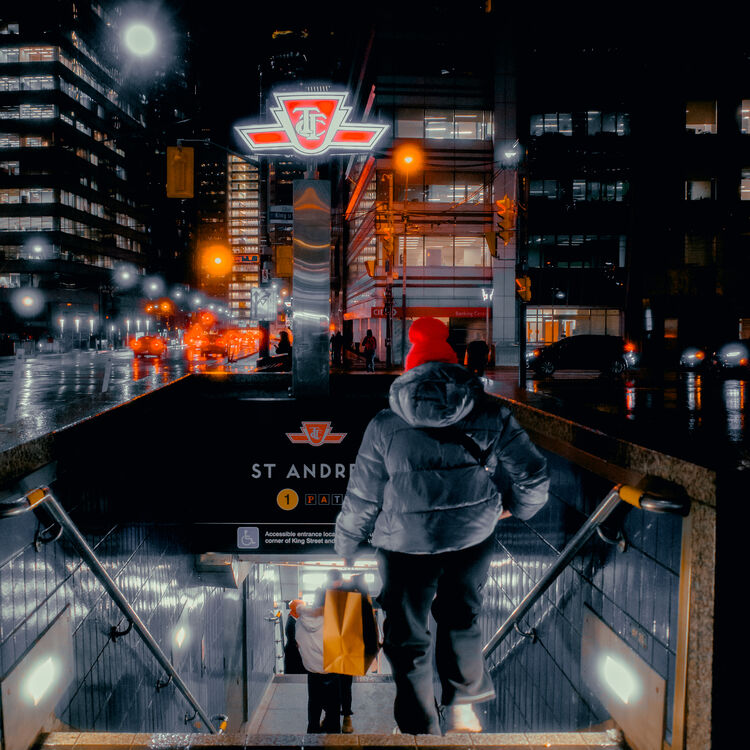

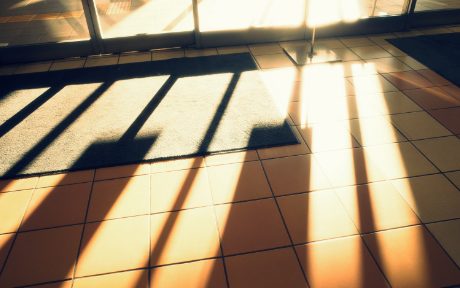



So, what’s the big deal with HDF?
- Softens Highlights: The HDF creates a subtle bloom in highlight areas, giving images a softer, more cinematic look, especially in high-contrast scenes.
- Dreamy Street Photography: This effect is perfect for street photographers looking to add a bit of atmosphere to night scenes or sunlit backdrops.
- Unique Look Straight from the Camera: For JPEG shooters, this is a massive plus. The in-camera effect means you can get a finished, stylized shot without ever touching post-processing software.
- A Perfect Companion to Film Simulators: Combining the HDF with the Ricoh’s built-in film presets gives you a distinctive aesthetic that echoes the golden age of analog photography.
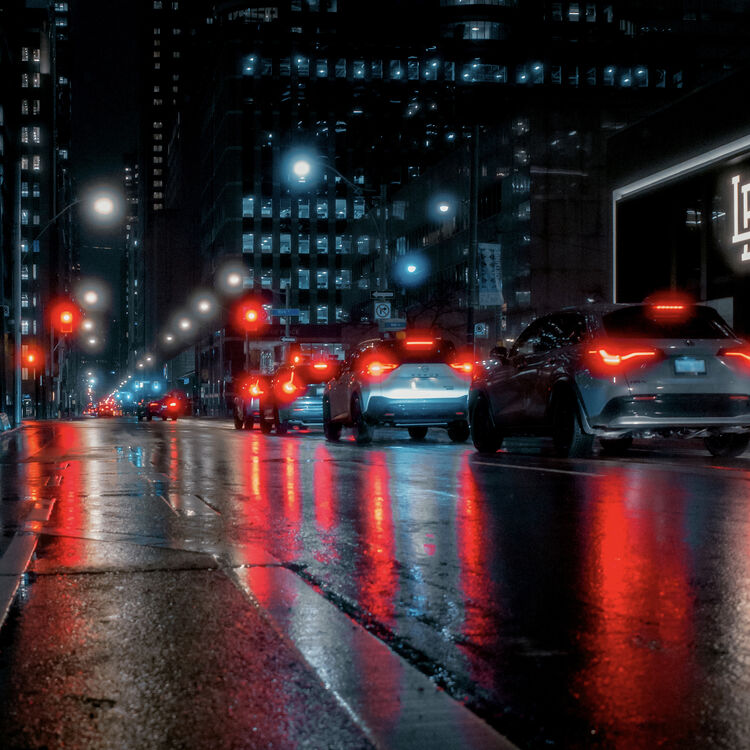

But, What About the ND Filter?
Now, the HDF replaces the beloved ND filter in standard GR models, which might make us landscape photographers a little grumpy. The ND filter allowed you to shoot wide open (f/2.8) on bright days without overexposing. But for many users, the ND filter was rarely used, whereas the HDF brings an entirely new creative tool to the table.
For those who prefer the ND filter, it’s still available in standard models. Want that dreamy softness? Go HDF. Need control over exposure in bright conditions? Stick with the ND.
Street Photography: Snap Focus King
Also it’s worth mentioning is what many users say is Ricoh’s standout feature: snap focus. This allows you to preset a focus distance (say, 1.5 meters), and the camera will automatically lock focus at that point when you press the shutter. It’s like having manual focus, but faster.
Snap focus is perfect for street photography, where the action happens fast and waiting for autofocus could mean missing the shot. The beauty of this system is how customizable it is—you can adjust the focus distance in small increments, giving you total control over what’s in focus and what’s not.
The GR IIIx Urban Edition even enhanced snap focus further, making it an even more intuitive tool for street shooters. I’m not quite sure how this works but users seem to enjoy it.
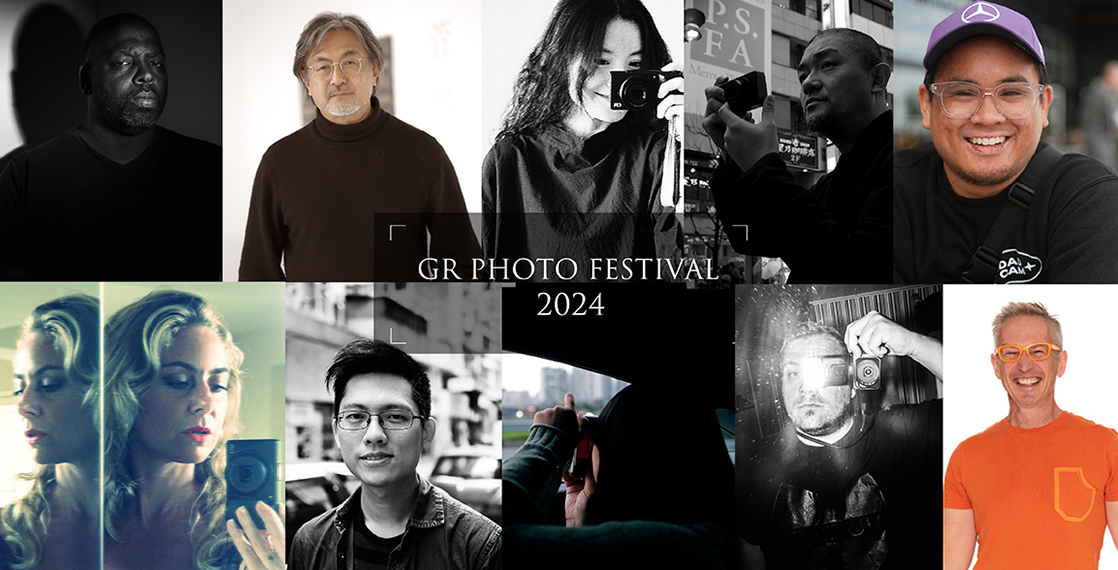

The Ricoh GR Photo Festival: Celebrating Everyday Life
Ricoh doesn’t just make cameras—they have a community. They’ve put on the GR Photo Festival, a global photo contest launched in 2022 for GR users around the world. It’s not your typical competition. There’s no prize money involved—just a chance to have your work selected and exhibited by some of the top photographers in the field.
The theme for this year is “Daily Life,” which is a perfect fit for GR shooters. If you’ve ever found yourself wandering the streets or capturing those quiet, fleeting moments, this is right in your wheelhouse. It’s a great way to share the kinds of photos that make everyday life special, and to connect with other GR fans who see the world like you do. The contest runs until Dec 22nd of this year.
What’s Next for Ricoh?
We’ve now seen several iterations of the GR III, including the new HDF models. But as great as these cameras are, there’s a lingering question on everyone’s mind: When will we see the GR IV?
While we wait for news of the next upgrade, the GR III series continues to hold strong. Even with a couple of years under its belt, it still manages to captivate users with its blend of portability, power, and unique features.
Final Thoughts: The Ricoh Awakening
So, after years of ignoring the Ricoh GR series, what do I think? It’s a gem of a camera—compact, powerful, and with an aesthetic charm. It’s a camera that you bring with your daily life, always ready to capture fleeting moments.
If you’ve been sleeping on Ricoh like I was, you might take a look at and find yourself, like so many others, becoming part of the Ricoh fan club.
Have you shot with a Ricoh GR before? Let us know what your favorite moments with the camera have been. We’d love to hear your stories [email protected].



